A surprisingly spellbinding reimagining of one of cinema’s most infamous disasters, “Caligula – The Ultimate Cut” is a stunning achievement.
One of the most infamous, controversial, and derided films of all time is the 1979 epic Caligula, a sweeping biopic about the equally notorious Roman leader whom history remembers as a villain and unhinged madman.
On paper, this lavish production was a recipe for resounding success, boasting a well-respected cast of accomplished British thespians.
Malcolm McDowell had already achieved iconic status thanks to his career-defining performance in A Clockwork Orange. Casting him as a petulant, self-absorbed, spoiled young tyrant seemed like a stroke of genius.
At McDowell’s urging, the celebrated Shakespearean-trained stage and screen actress Helen Mirren was cast as Caligula’s wife, though her performance was ruthlessly butchered on the editing floor.
Legendary thespian Peter O’Toole starred as Caligula’s grandfather, the tyrannical emperor Tiberius.
The script was penned by celebrated author, intellectual, and historian Gore Vidal — a politically-savvy, controversial figure known for challenging social and cultural sexual norms and often hailed as an early champion of sexual liberation. Vidal originally intended for Caligula to emphasize the hedonistic debauchery that permeated Ancient Rome and explore the intersection of sexuality and politics.
At the helm was rising experimental and avant-garde director Tinto Brass. Though he is now primarily known for his work in the erotic genre, his arthouse output prior to working on Caligula had garnered much critical acclaim.
Backing this bold affair was Penthouse founder Bob Guccione, who was anxious to follow Playboy magnate Hugh Hefner into the world of film financing in order to expand his growing empire.
Despite serious concern from the film’s dynamic lead, Malcolm McDowell, about Guccione’s involvement — and how it might harm the film’s credibility — Vidal assured him that Guccione, like Hefner before him, would be a hands-off producer who would entrust the vision of the film to the capable hands of Vidal and Brass.
The talent involved in making this film soon discovered the hard way that was far from the truth.
Not only did Guccione’s name taint the reputation of the film prior to its release, but he also demanded the film bear the stamp of Penthouse, surreptitiously filming extensive pornographic sequences and inserting them post-production into the film with the desire only to titillate and not in any way serve the film’s narrative.
Brass and Vidal famously clashed over the direction of the film, resulting in a production that veered wildly from Vidal’s original vision.
Guccione ultimately fired Brass from the director’s chair and stripped him of any input or oversight into the editing process. Though 95% of the finished movie was directed by Brass, Guccione ordered massive re-edits, resulting in Tito disavowing the film and stating the editing was not at all what he intended.
As a result of Guccione’s interference, the film’s graphic sexual scenes and extreme violence overshadowed its performances, plot, and production value. Despite a riveting performance from McDowell, the film quickly gained a sordid reputation around the world.
The film’s release was met with numerous legal issues. Multiple cut versions were released worldwide, while the uncut version remained banned in several countries. The film’s cut material included explicit scenes of non-simulated sex, scenes of violence and sexual violence, castration, disemboweling, rape, and necrophilia.
And yet, buried beneath the smut and sloppy editing was the framework for a sprawling cinematic feast, including stunning set pieces, over-the-top but infinitely watchable theatrical performances, lavish period costumes, sumptuous lighting, and shocking but historically significant scenes of graphic sex and violence.
For decades, rumors persisted that the film’s original footage existed and might someday be brought to life as a faithful reconstruction of Vidal’s script.
Now, nearly fifty years later, the beleaguered film has been lovingly restored and reconstructed, resulting in a completely new version of the historical drama known as Caligula – The Ultimate Cut.
Compiled from over 90 hours of archival footage and sound under the thoughtful guidance of producer Thomas Negovan, Caligula – The Ultimate Cut is a jaw-dropping affair — a cut of the film previously only imagined but never close to being conceived.
Negovan masterfully answers the question, “What if Caligula had been allowed to remain in the hands of its auteurs, respecting Vidal’s original vision and free from Guccione’s corruptive influence?”
The answer is an astonishing one.
Negovan’s desire to elevate the performances and allow the powerful story to take center stage results in a film that is far more narratively satisfying and offers a more rapturous viewing experience.
Remarkably, Negovan found such a treasure trove of material that he was able to construct a film that fails to reuse a single shot from the original, resulting in an entirely new piece of art.
If you’re familiar with the original film, you’ll be immediately struck — from the film’s compelling new animated intro to the last thrilling frame — by how different this version of Caligula feels in nearly every conceivable way.
Not only is the image and sound restoration courtesy of Technorganica immaculate, but the film’s inherent beauty is dramatically enhanced through a cleaner lens and a greater focus on cinematography, gorgeous wide shots and close-ups, and a more meticulous eye for detail that showcases the magnificence of the set design.
Never-before-seen scenes have been added, providing key context to major plot points and allowing for far greater character development, including a pivotal scene when Caligula sentences numerous members of the Senate to death during a dinner party.
Additionally, familiar scenes have been re-edited and reframed to make every minute feel like it’s being experienced for the first time.
Though the film remains salacious, an exercise in hedonistic excess true to the time, gone are the ridiculously gratuitous porn scenes that interrupted the narrative in the messiest of ways.
There’s still plenty of debauchery, nudity, and eroticism; this far from a Puritan affair.
But what remains feels mostly germane to the story, more artistic than pornographic, and authentic to the historical accounts of Roman epicureanism.
What’s more, the sexual exploits are primarily kept in the background while the performances are prudently brought to the foreground.
Laughable, non-narrative sex scenes have been removed, such as the infamous lesbian porn scene added during the already sexually-charged threesome between Caligula, his sister, and his future bride. The most famous of all scenes, the extensive orgy during the introduction of the imperial brothel, is still shocking but far more subdued — and all the more effectively devastating.
The nuances of McDowell’s performance are accentuated, with ample close-ups of his facial expressions helping convey the depth of his talent in a way the original failed to capture.
The gifted Mirren gets far more time to shine in a much meatier role, now occupying nearly an hour’s worth of screen time. The lovely Teresa Ann Savoy, who plays Caligula’s beloved sister, Drusilla, retains her authentic speaking voice in this new version, having been badly dubbed in the original cut.
The other unsung hero of the cast is Caligula’s cherished horse, Incitatus, given a much more prominent place in the newly cut film.
The reconstructed film adds tension in key scenes, amplifying the horror of the controversial wedding scene.
One of the more upsetting scenes in the original, the brutal torture and castration of poor Proculus, has been removed.
The scene of Caesonia (Mirren) giving birth is much more exquisitely beautiful and painful.
Drusilla’s tragic death is given much more gravitas, removing scenes of Caligula’s groping and kissing of her naked boy and focusing instead on the incestuous duo’s emotional connection rather than just their lustful physical one. This makes her death much more impactful and makes us feel for the monstrous ruler.
While 1979’s Caligula became a spectacle and a source of shame and ridicule, gaining a cult audience for its audacity and off-screen intrigue, this new cut succeeds as an actual film of artistic merit.
You really feel the pathos and tragedy of Caligula’s brief but brutal rule and fully invest in his evolution from a power-hungry prince with a zest for life to a beloved emperor — a bombastic leader of the people — to a narcissistic madman who declared himself a god and proudly belittled the authority of the Senate and the might of the military.
A still hefty three-hour production, Caligula – The Ultimate Cut remains an epic undertaking that requires patience. But the re-edited film is a far better-paced and vastly more investing journey.
Though it may not change history, Caligula – The Ultimate Cut is a clear labor of love crafted with passion and painstaking care that attempts to right the wrongs of cinema’s past and give Caligula its proper place in the pantheon of influential works.
It’s an exceedingly lofty goal and one Negovan may have very well achieved.


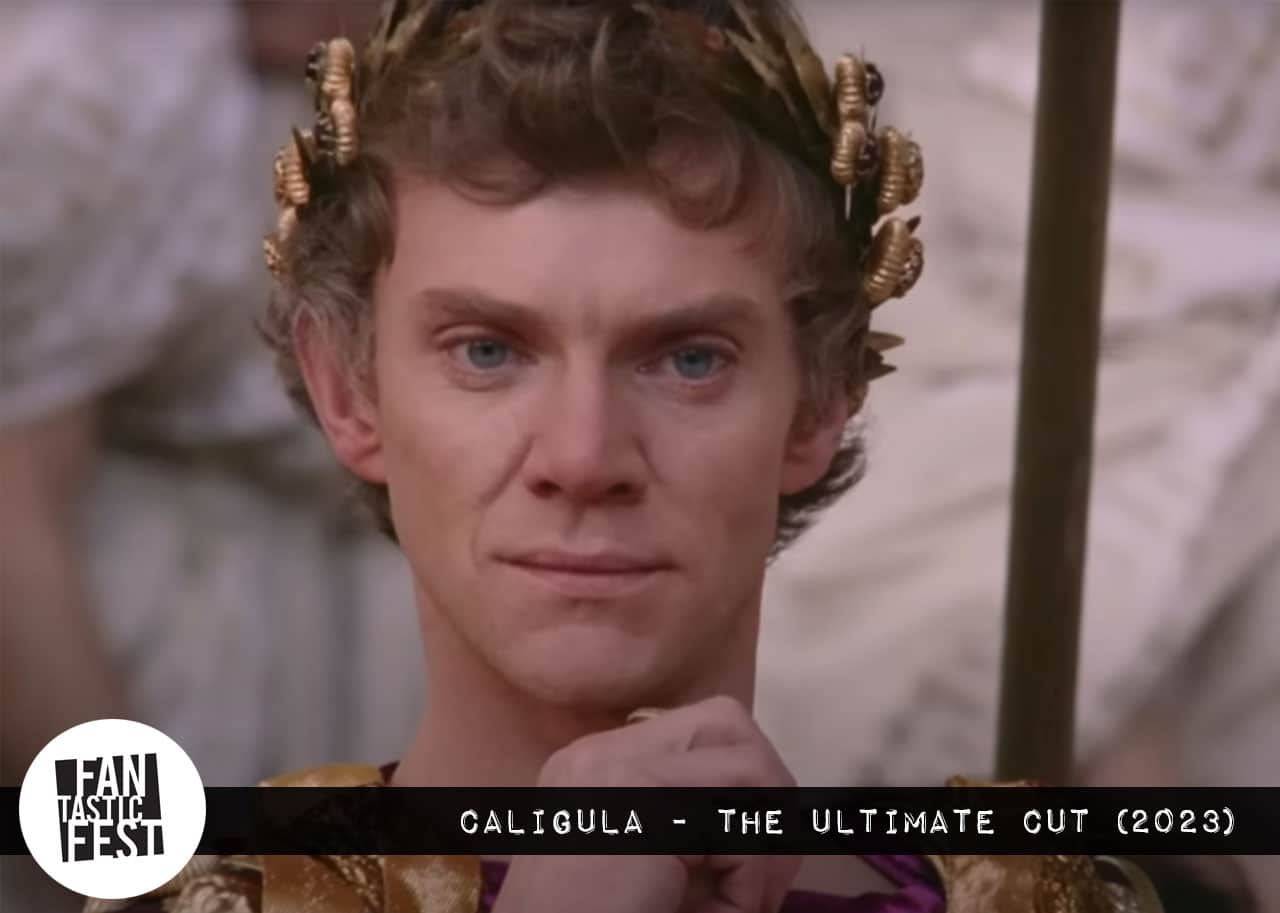
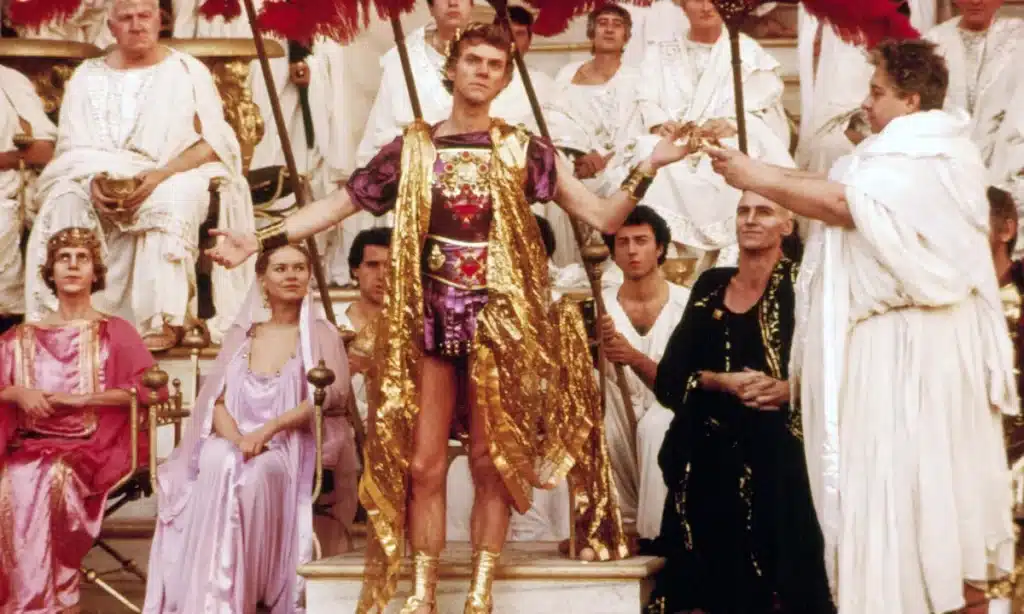
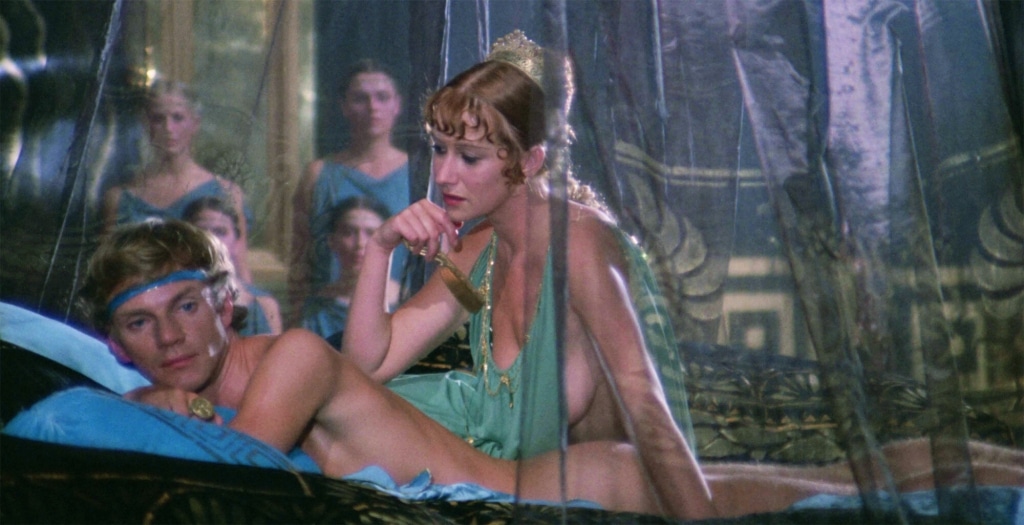
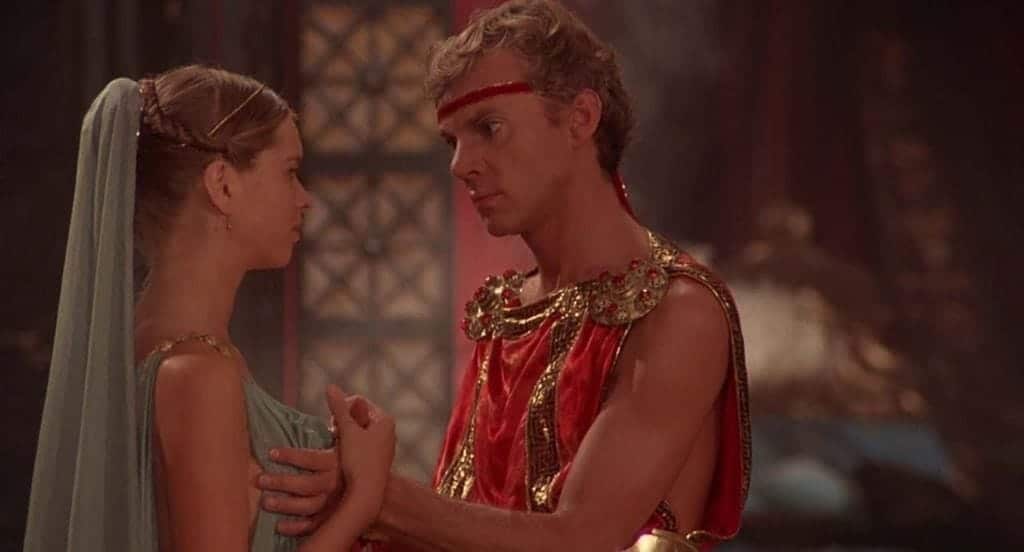
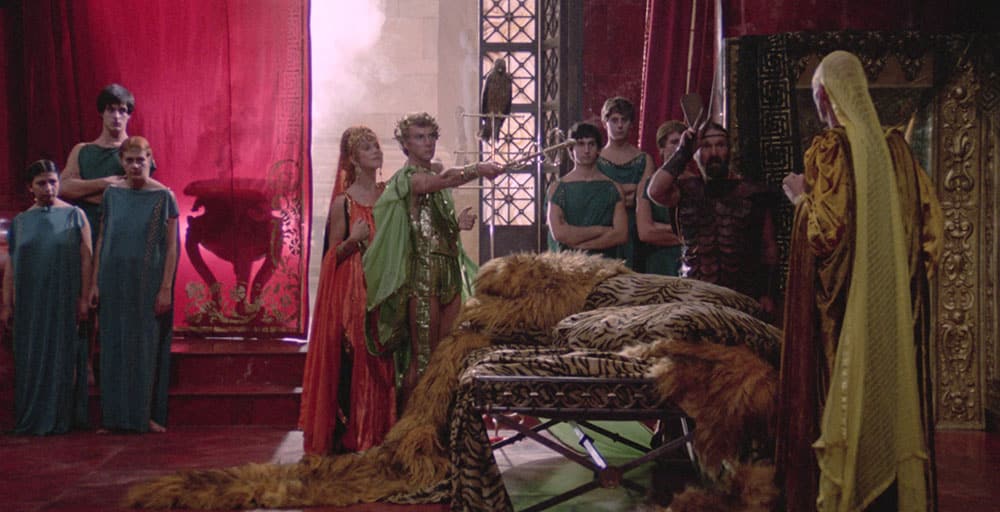
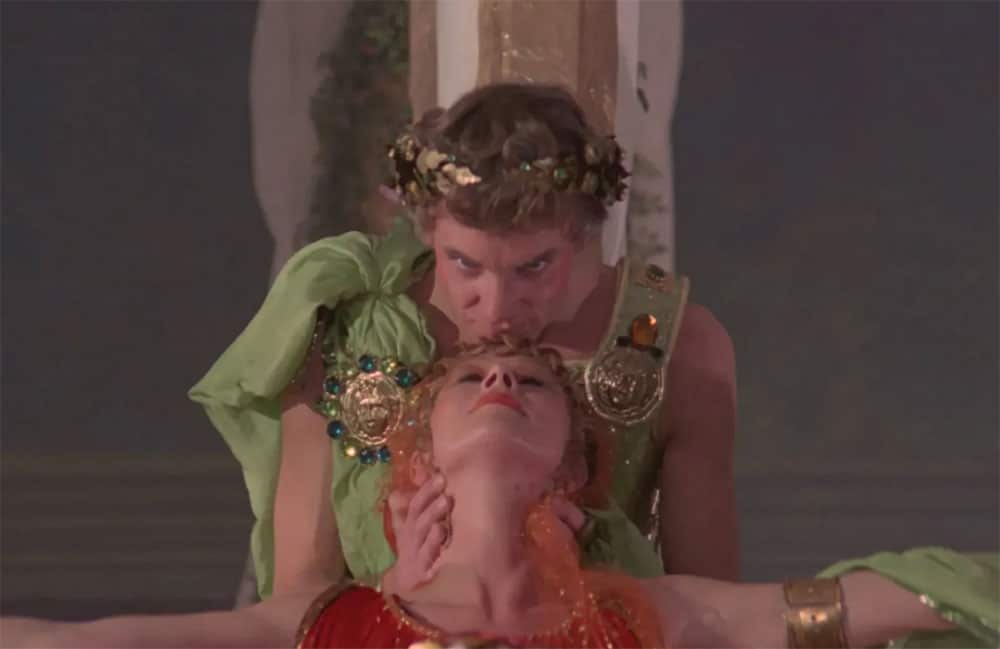











Follow Us!